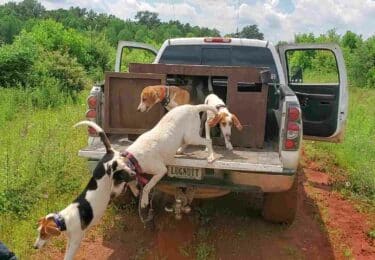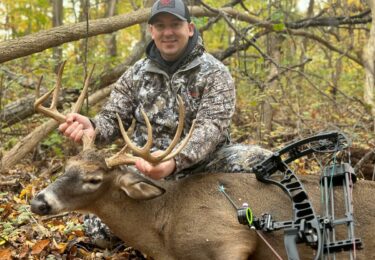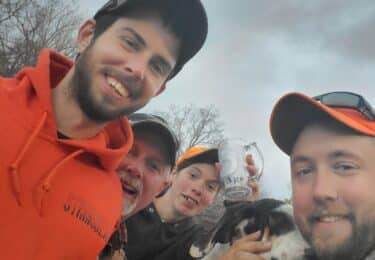Is your property lacking food or cover?
Does your property need cover, food, or a mix of both? A mix of both is highly preferred for many wildlife species to thrive on your property. What species of wildlife are you managing for so you know what trees to plant? You must formulate a plan before planting trees and selecting the tree species that best fits your management goals for your property and climate.
When looking for cover trees to plant for wildlife consider these species: Norway spruce, White Pine, Eastern Red Cedar, and Eastern Hemlock.
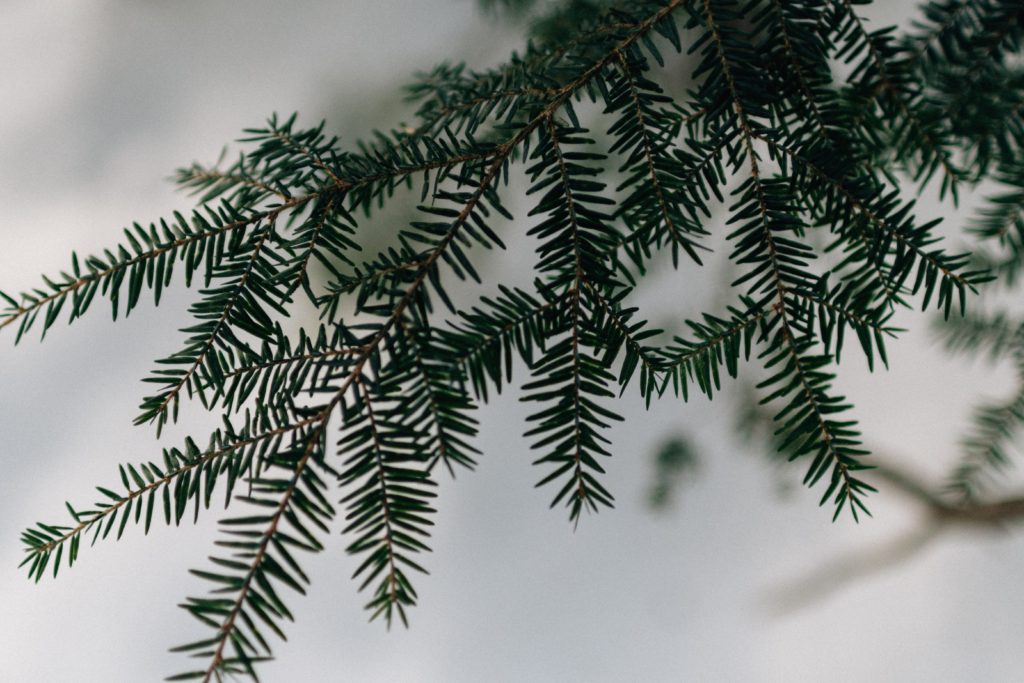
HARD MAST VS. SOFT MAST
Trees and Shrubs that produce fruit for small game and big game animals consist of Chinese Chestnut, Dunstan Chestnut, American Chestnut, White Oak, Red Oak, Sawtooth Oak, Apple, Crab Apple, American Persimmon, Pear, Peach, Mulberry, American Plum, American Dogwood, Red Osier Dogwood, and Elderberry. All these species are adapted for different parts of the county and climates so doing your research before ordering and planting these trees is preferred.
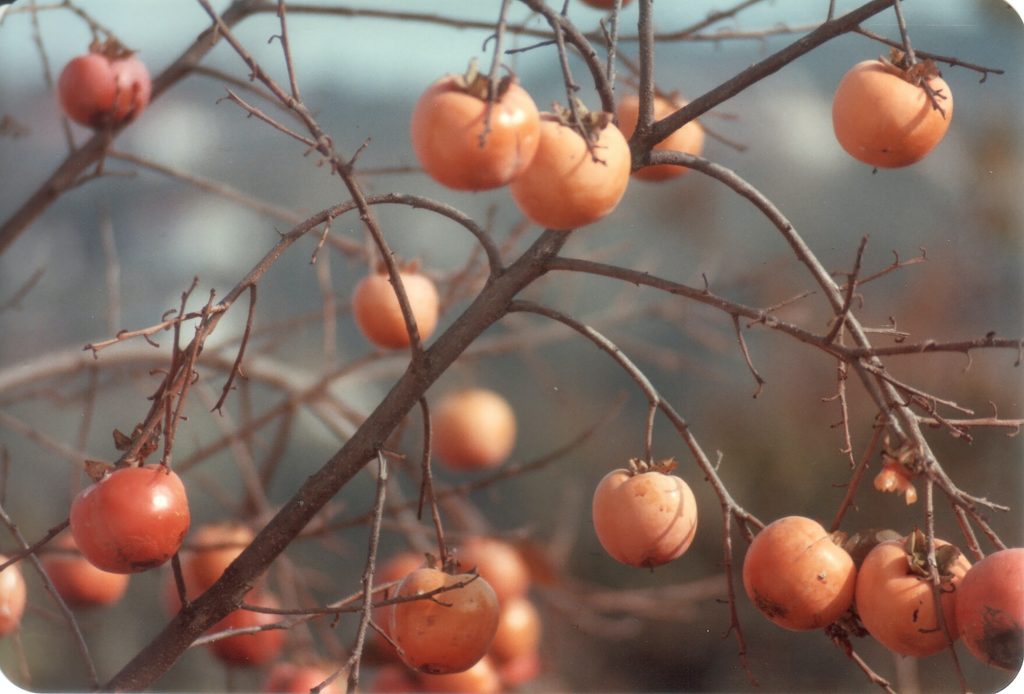
PROVIDING COVER
Trees to plant for cover to best fit your property for the climate and layout of the property. My go to cover tree for my property and my client’s properties is Norway spruce. Norway spruce is easy to establish and can grow just about anywhere in the country. It is very cold tolerant and browse tolerant to deer and other animals. It will create great wildlife cover and habitat in a moderate amount of time and provide thermal cover in hard winters for deer, rabbit and a host of other species. Plant Norway spruce in rows that are 15-20 feet apart or stagger them to get best results for thick wildlife habitat and thermal cover. The seed that is produced from the cones of the Norway spruce will act as food for a host of small game and non-game species of birds and rodents.
The Eastern White Pine and Eastern Hemlock are also great cover species for many wildlife species and are a source of survival food for whitetail deer. There are many shrubs such as the Dogwoods that I have listed that make great cover and can be propagated from cuttings. A cutting is taking the previous year’s growth and cutting it clean on two sides about 8-12 inches long. Cuttings must take place in the late winter to early spring. The cuttings then can be placed into the ground along stream banks, food plots with low areas of moisture or in a deep part of the forest to provide more cover or browse for better hunting opportunities.
PROVIDING FOOD
The best trees that I have found to do well for the food value meaning hard and soft mass are Red Oaks, White Oaks, Chestnuts – Chinese, American, and Dunstan, Crab Apple, Malus Spp or the common Apple, Pear, Plum, and Persimmon. All of these species produce at different times of the year so having a variety of trees and shrubs producing at different times of the year will help hold and attract the wildlife you desire to hunt.

You want trees that produce mainly in the fall/winter months in the North and for the South through the spring and summer months. The most stressful time for animals in the north is winter and in the south is late spring through the summer. Planting trees according to your area and climate are vital to your success and also for survival of many wildlife species. You also want to plant trees based on the different stages of the hunting season. On my family’s property I have three different varieties of Pear trees that produce in late summer early fall, mid fall from October-November and late winter from December-January. The strategy and timing of the fruit trees you plant is key to your success and for animals to survive the hunting season.
PROPER CARE ENSURES SURVIVAL
You will need to take care of your fruit trees and not so much the ones you planted for cover. Both will need care, but more so for the fruit trees you have planted.
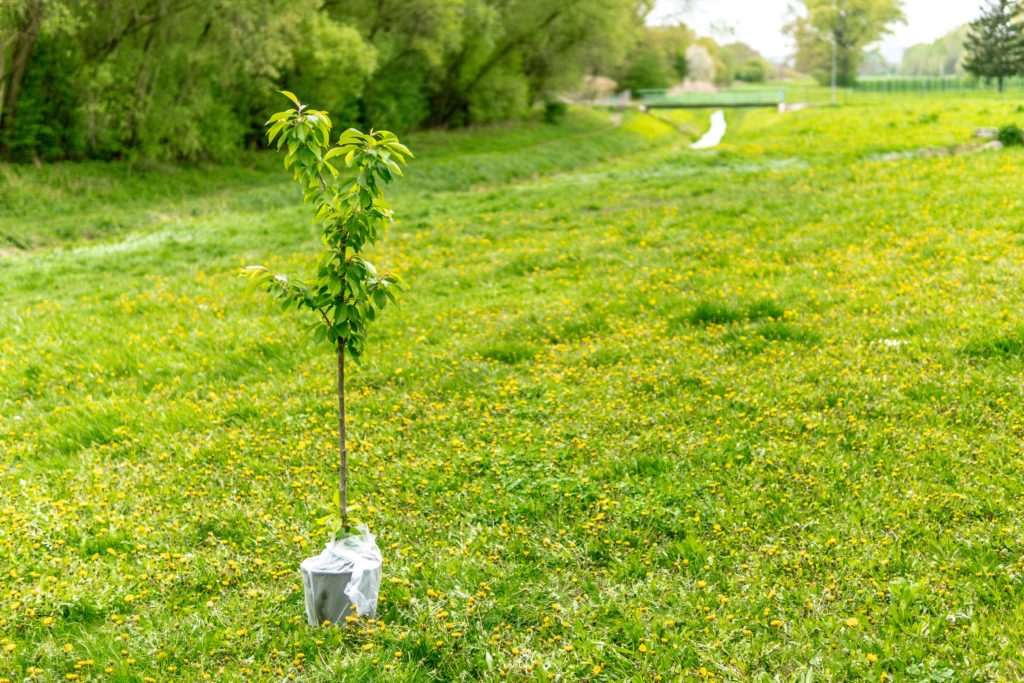
I start by clearing an area that gets ¾ of sunlight a day, but full sun is the best for growth and fruit production. Next, you want to dig a whole that’s twice the size of the root ball or deep and wide enough for a bare root seedling. Cover back up with topsoil and mix in some organic matter with the soil and on top of the ground after the tree is planted. Water the tree if possible or plant the day before a rain.
Finally, make sure the trees are fenced in to protect from deer browse and rubbing from bucks. Also spraying a non-selective herbicide around the tree to keep weeds down is another great thing to do when establishing new trees. Make sure not to spray to close or when there is wind. You will need to stack down the fence so it doesn’t move in bad weather or when animals decide to check them out. Follow these steps to finding the trees that will best fit your property and management goals for the property.
Don’t forget to check out Jacks Mountain Wildlife Solutions LLC on Facebook and online for all your wildlife and forestry consulting needs.
https://www.facebook.com/Jacks-Mountain-Wildlife-Solutions-584615761900096/
To see more about the Cervicide Hunt Club checkout: https://cervicide.com/hunt-club/
